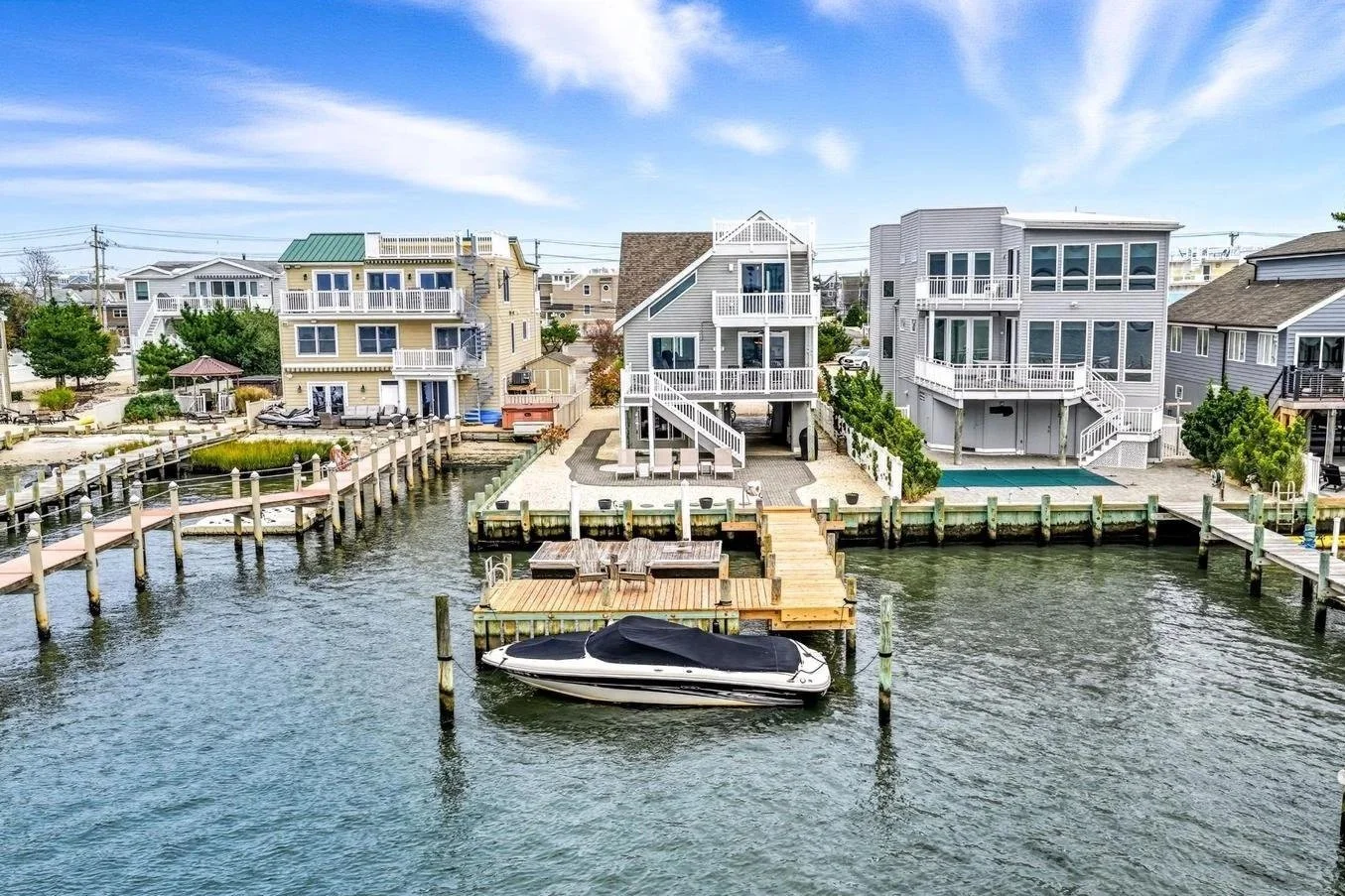How to Market Your LBI Rental: 7 Expert Tips for Long Beach Island Homeowners
The 7 Keys to Marketing Your LBI Rental
Owning a rental property on Long Beach Island is one of the best ways to generate consistent income and offset ownership costs, but how you market it determines your success. After working with dozens of LBI owners and communicating with hundreds of renters, I’ve learned that the difference between a fully booked summer and an underperforming season often comes down to details, timing, presentation, and understanding what renters really value.
If you’re wondering how to market your Long Beach Island rental effectively, these are the seven keys I focus on when helping my clients at LBI Living maximize their results.
1. Avoid Common Scheduling Mistakes
Prime season weeks are limited, so every one counts.
The biggest mistake I see is owners renting partial weeks during prime season. It may sound appealing to fill small gaps, but LBI’s rental calendar operates almost exclusively on Saturday-to-Saturday bookings. Once you break that rhythm, it’s difficult to maintain a consistent schedule and you risk losing full-week renters who plan months in advance.
What to do instead:
Stick to full-week rentals between late June and late August, and open shorter stays only for shoulder seasons if you want to capture weekend visitors in early May, late September, or October.
2. Understand When Demand Peaks
Timing is everything on LBI.
Our rental season is short and strong, running roughly from mid-May through early October, with prime season running from the last week of June until the last week of August. Shoulder season then starts up again from September through October. By October, most serious renters are already looking at booking next season.
What this means for you:
Get your rental listing updated and your rates posted by September for the following summer. That’s when repeat families and early planners start looking at homes.
3. Invest in Photos — They Sell Before the Description Does
Photos drive bookings — it’s that simple.
Your listing photos are what renters see before they ever read your description. Professional photos that capture lighting, layout, and lifestyle are worth every penny. I also recommend capturing the home’s layout flow; renters want to visualize how multiple families will fit comfortably.
What to include:
Main living areas with natural light
Bedrooms (especially if they show size variety)
Outdoor spaces like decks, pools, and proximity to the beach
Sunset or golden-hour shots
Skip: dimly lit photos or outdated furniture that sends the wrong first impression.
4. Price Strategically — Small Tweaks Matter
Pricing psychology plays a bigger role than you think.
Adjusting just a few hundred dollars can make a difference in search results and booking decisions. For example, a $6,950 listing will usually attract more clicks than one priced at $7,000. Renters make emotional decisions, and small pricing thresholds can influence perceived value.
When I evaluate listings, I compare similar properties (comps) by location, amenities, and specs. I also track occupancy rates to identify trends.
Pro tip:
Be conscious of your rental rate. If the rate is too high and we are nearing the summer with little bookings, the odds are against filling the entire calendar. Most renters are early shoppers and know that the most in demand properties book before the spring.
5. Create a Balanced, Honest Description
Blend factual details with lifestyle appeal.
Your listing description should clearly state the number of beds, baths, and living spaces while also painting a picture of proximity to key amenities. Renters care deeply about which side of the island the property sits on, how far the walk is to the beach, and whether they can easily reach restaurants, mini-golf, or coffee shops.
Avoid fluffy language — a balanced, transparent description builds trust and reduces unnecessary questions.
Example:
Instead of writing “Beautiful home close to everything,” write “Five-bedroom oceanside home just a 3-minute walk to the beach and under 10 minutes to Beach Haven shops and restaurants.”
6. Keep Your Property Updated and Welcoming
Tenants notice the details.
One of the most avoidable mistakes owners make is filling their rental with old or borrowed furniture. Renters are paying premium summer rates and expect clean, comfortable, and modern interiors. It doesn’t have to be luxury-level, but it should feel well cared for.
Quick upgrades that make a big impact:
Fresh paint and coordinated bedding
Updated outdoor furniture
New kitchenware and light fixtures
A clean, updated home photographs better, rents faster, and earns more repeat tenants.
7. Manage Communication the Right Way
Responsiveness and professionalism go a long way.
Even with great marketing, your reputation depends on how you handle issues once renters arrive. I’ve learned through experience that communication between the owner, tenant, and agent must be quick and calm. Time is critical and problems that sit too long can spiral.
And when conflict arises, never argue. If a tenant is upset, the best approach is to listen, resolve the issue efficiently, and move on. That professionalism leads to positive reviews and repeat bookings.
If you’re curious how your LBI rental compares to others or want advice on improving your listing’s performance, reach out and I’ll provide a free rental performance evaluation. You can contact me directly through the LBI Living Contact Page or learn more about Rental properties here.
Matt Cappo
Realtor®, LBI Living
📞 609-496-1423
✉️ mcappo@vandykgroup.com
🌐 www.lbiliving.com


